
Thinking of making 2025 the year you take on your first open water challenge?
There are countless organised events across the country to choose from, with different distances and difficulty options – and you certainly won’t be the only first-timer taking the plunge!
But, as a casual dipper looking to freestyle into the world of open water swim races, what do you need to think about?
Tap into the community spirit
If diving headfirst into hardcore competitive swims feels daunting, there are plenty of ways to wade in more gently.
“It really can be daunting starting to swim outside, but it’s actually very simple to get started. All sorts of people swim outside, and all of us had to start somewhere!” says Ian Thwaites, founder and CEO of the Level Water charity. It teaches disabled children to swim at 200 pools nationwide, and hosts some of the UK’s best-loved swimming events for adults in rivers and lakes across the country (levelwater.org).
“If you’re looking for something friendly, inclusive and supportive, then your local lake’s a great place to start. There will be someone there – perhaps the lake owner, swim organiser or coach who can answer questions and support you in getting started.
“At Level Water, we have a lot of newbies and first-timers who take part in our Wild Swim Relays. They are non-competitive swims; there’s no fixed distance, no one is timing you, and there’s a huge amount of support and encouragement from your teammates and others. We run these at a number of lakes around the country (levelwater.org/24hr).”
Do your researchMost events require you to register early and popular races can fill up fast. You’ll want to consider the time of year and how long you’ll be in the water for. Thwaites says: “Colder water can take a bit of getting used to, and you need to understand how your body will respond before taking on a longer swim. This is particularly true in rivers or the sea outside of summer. During the warmest summer season (June to September), the lakes are consistently warmer, and usually warmest from July to September.
“But don’t rule out something slightly wilder – for example, the Bantham Swoosh (levelwater.org/bantham-swoosh). This is a great first river swim because the water is clear, the estuary is well-sheltered, there’s a good amount of tidal assistance, it’s very well-lifeguarded, and the location is stunning.”
Safety firstRemember, swimming laps in a heated pool is very different to swimming in a natural body of water. It’s essential to be prepared, train, and put safety first.
“Firstly, when training in open water, avoid swimming alone,” says Luke Hughes, personal trainer and founder of activecareers.org.uk, who coached his mum to be a world champion triathlete. “Either swim with others (as part of a club) or under the supervision of a coach, as the water is colder than a pool, there could be currents to contend with, and you don’t want to find yourself stranded whilst fatigued or cramped.
“Secondly, try swimming at different times of the day and different times of the year, as well as at different locations that have a current or tide to build up your experience and properly emulate race conditions.”
Training and technique
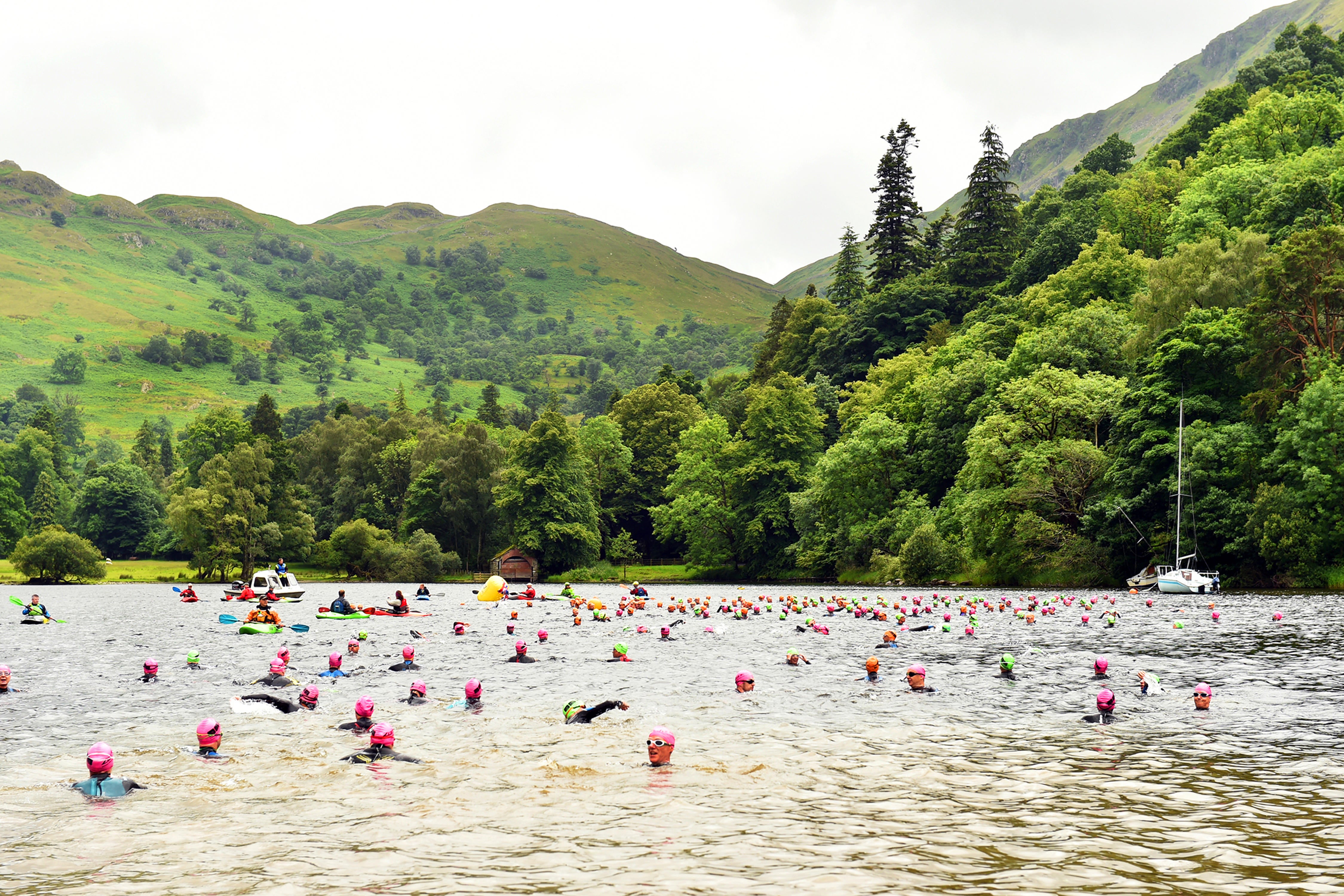
Coaching can be a great option if you’re looking to work on your technique. Keep in mind you may need to adapt to things such as wind and chop and get to grips with sighting to navigate a course. Hughes suggests: “Practise sighting in the swimming pool by lifting your head up and forwards on every fourth breath, to ensure you’re following the right line of direction. As you get more familiar with sighting, you can improve your swimming efficiency by decreasing the number of times you have to sight.
“Swimming is the most technical endurance-based sport and your body position plays a key role in energy conservation. When training, try and practise keeping your body as flat as possible, keeping your head in line with your body, and perform some freestyle kick and breathing drills to improve swimming propulsion and form.
“Always train by following the 80-20 rule: 80% of swims should be slow and steady that really focus on technique, positioning and lengthening of the stroke over longer distances. The remaining 20% should be shorter drills and more intense training sessions, aiming to improve strength, power and speed.
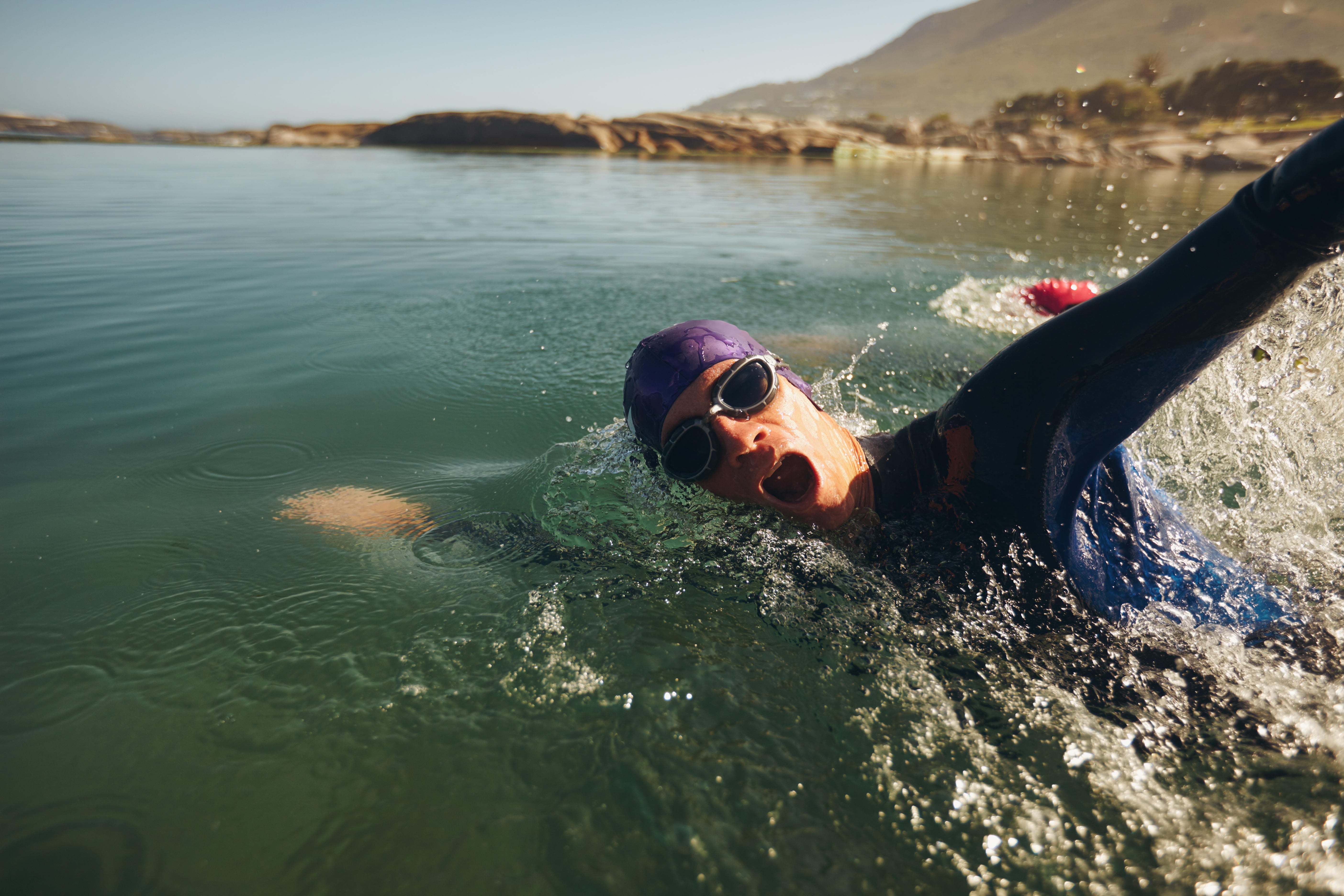
“Being consistent with your training is the most critical factor, this will help you develop economic motion in the water, give you sustainable improvements, and build a solid aerobic base. This entails not missing sessions, being self-disciplined and creating positive habits.”
Incorporating cross-training can be helpful, too. Hughes adds: “It is strongly advisable for swimmers to undertake a strength-training programme to help develop endurance, power and stability as well to prevent injuries. You can Integrate sport specific based exercises twice a week on your active recovery days, still keeping your resting days free to recuperate.
“Many swimmers can benefit from yoga, to increase flexibility and mobility as well breath control. Equally, you can add long runs to improve cardiovascular endurance and leg strength, or rowing to build up your aerobic capacity and muscular endurance. Adding cross-training into your workouts is a good way to create variance, keep you mentally engaged and allow more recovery for certain muscle groups.”
4 open water essentials
Women’s Araya Wetsuit, £299.99, Huub
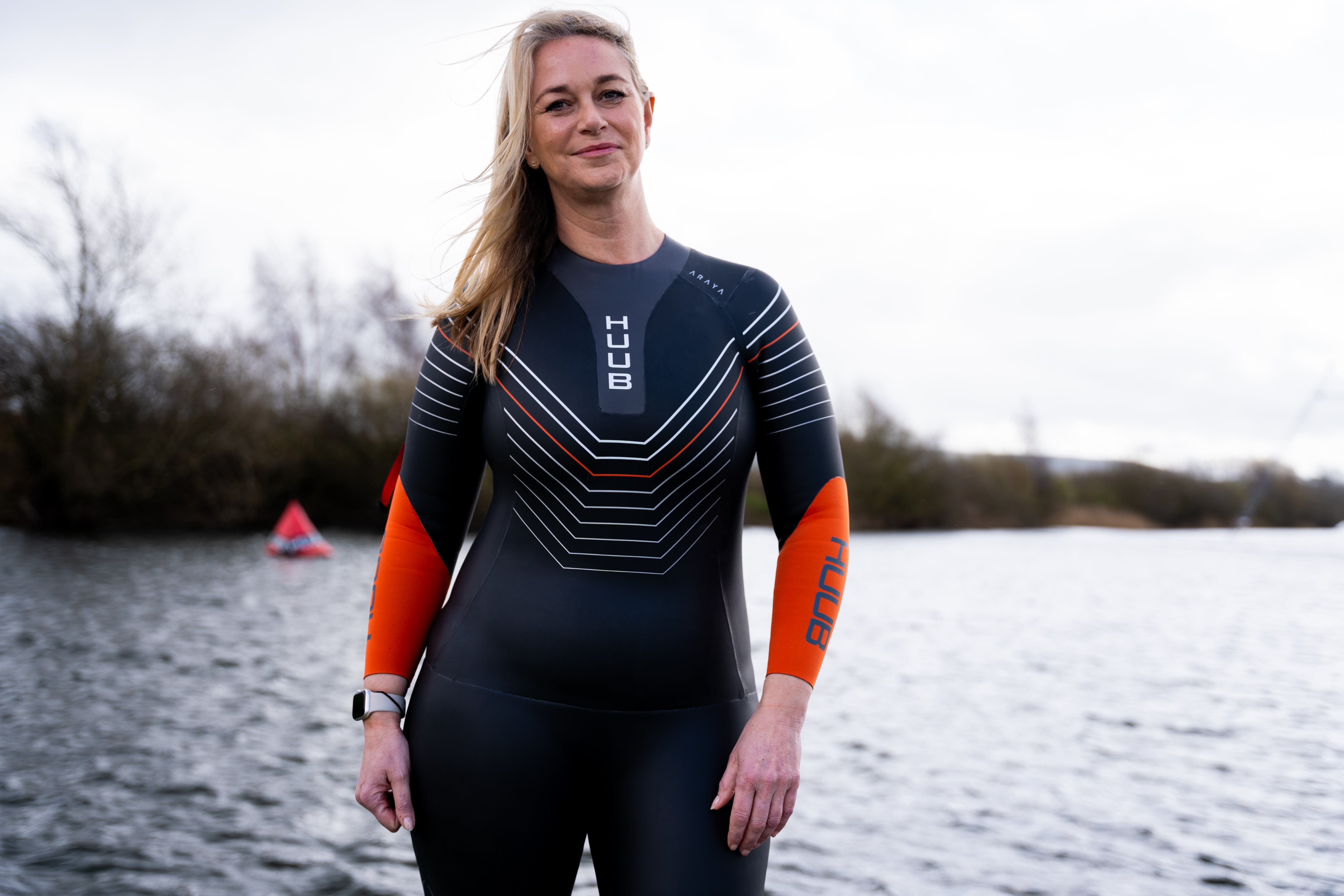
Open water/wild swimming has especially soared in popularity among women aged in their 40s and above – and HUUB recently launched the first ever open water swimming wetsuit designed specifically for their bodies. Two years in the making, the Araya looks sleek, offers great buoyancy, ease of movement and a comfortable, curve-skimming fit. Check out its online size guide, with no-hassle return promised if you’re not happy.
dryrobe Advance Adult Short Sleeve and Long Sleeve Changing Robes, £145-£165, dryrobe.com
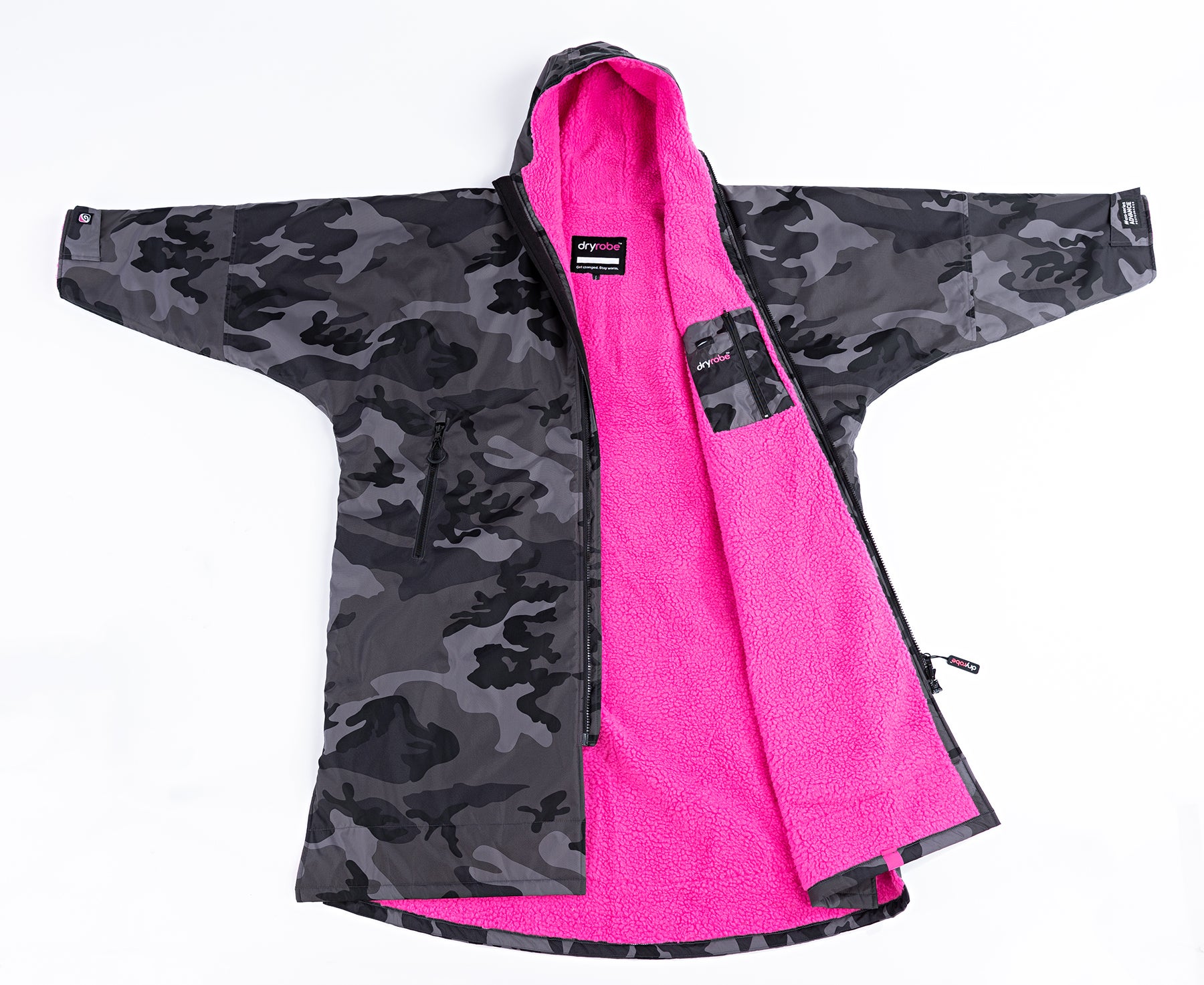
There’s a reason dryrobes – the original outdoor changing robes – have become so iconic, with unbeatable quality and a range of colourways. Made from 100% recycled polyester fleece lining, these nifty cover-ups will help you warm up fast and feel raring to go in any weather. You’ll soon wonder how you ever managed without one.
Drybag Backpack – 10L, £16.67 (was £23.99), Mountain Warehouse
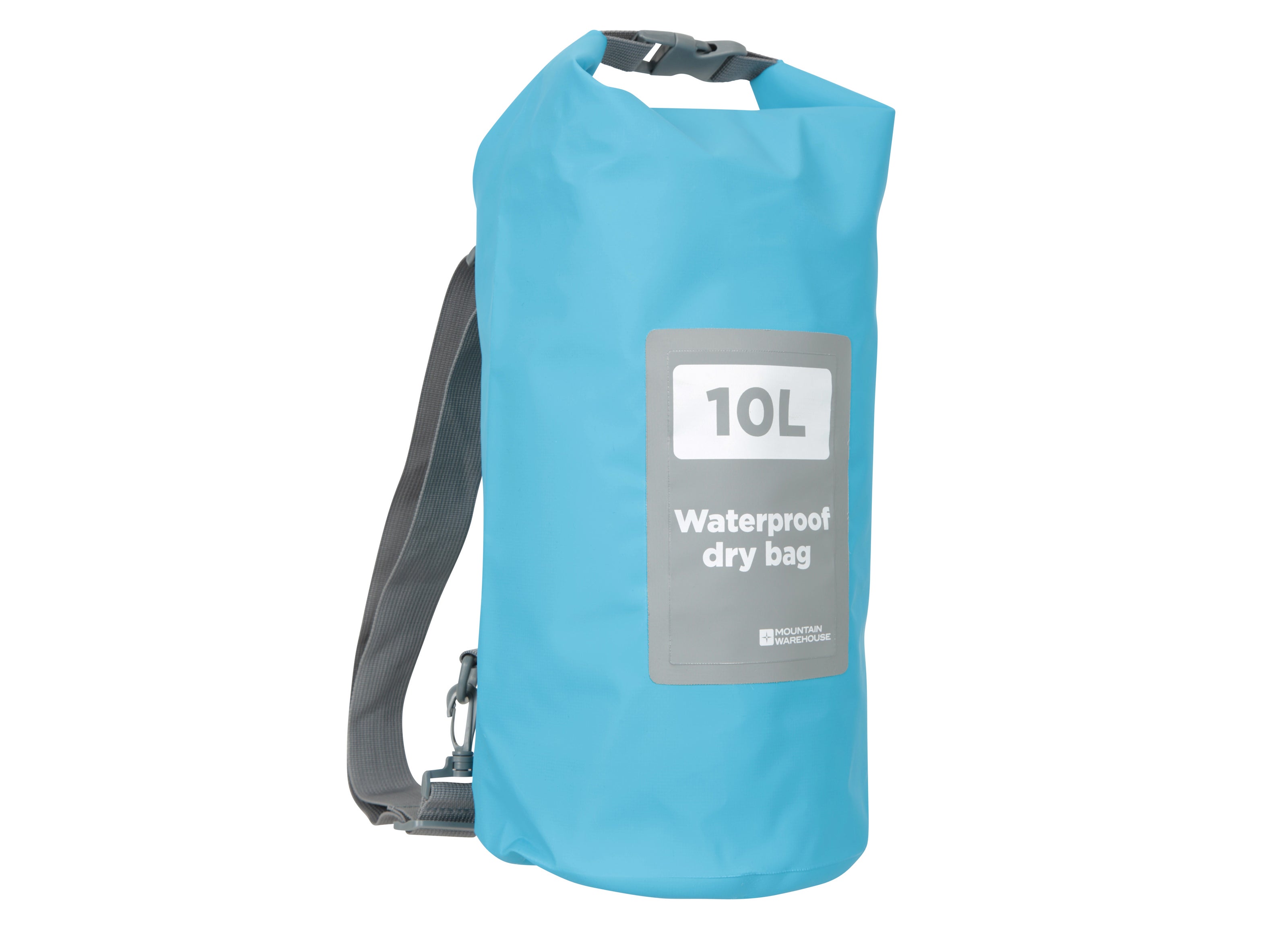
Dealing with damp kit is a reality for any swimmer, so a fit-for-purpose wet bag is an investment your future self will thank you for over and over again. No more having to wrap things up in a soggy towel or shove your stuff in old carrier bags.
Animal Anna Women’s Towelling Poncho, £39.99 (was £64.99), Mountain Warehouse
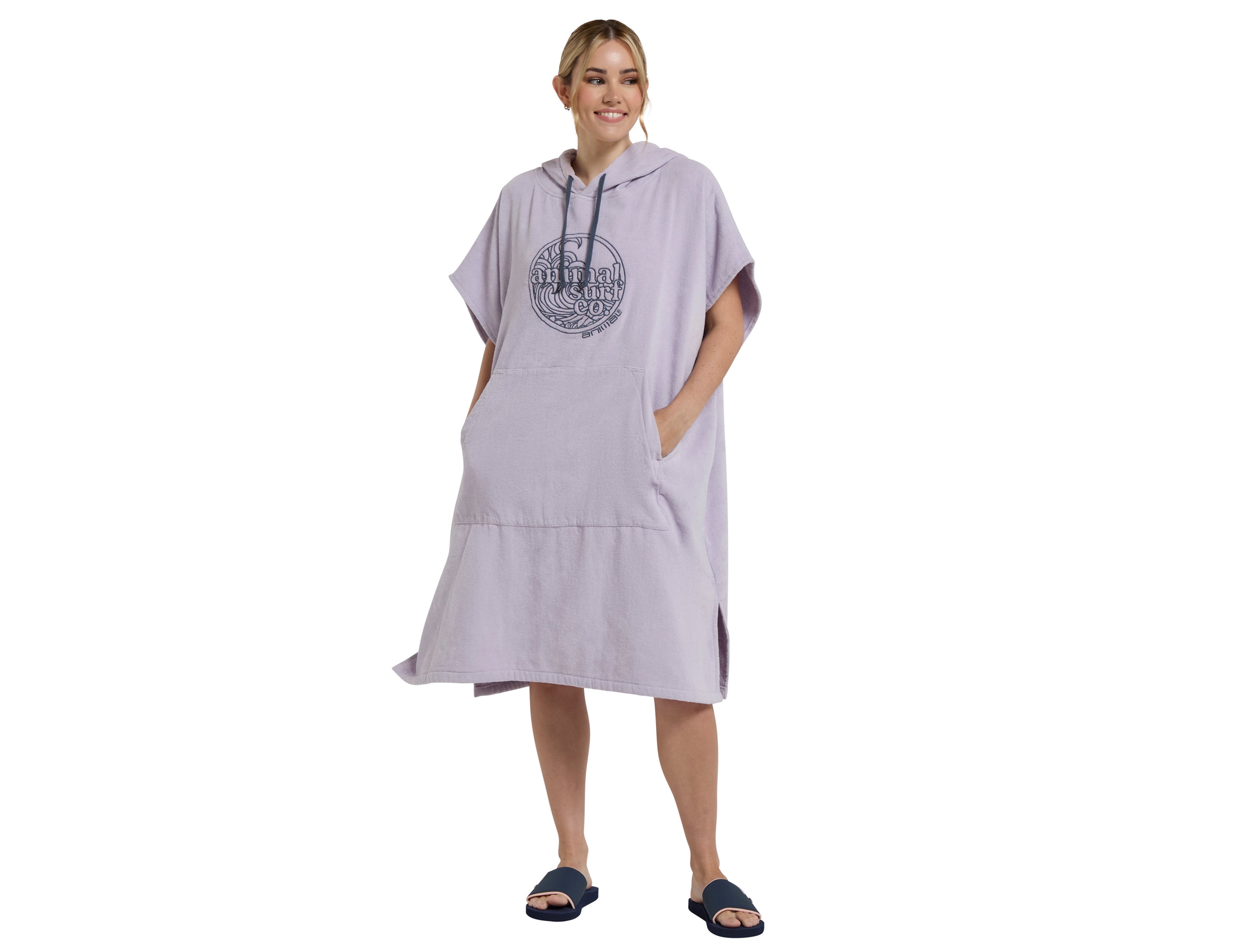
An overhead towel you can throw on when you step out the water will make changing al fresco a whole lot easier.







